The best U.S. states to live in stretch from the East to West coasts and stand out in areas ranging from health care to education to economic activity, according to a new ranking by U.S. News & World Report.
The news organization ranked states based on eight general categories, comprising more than 70 measurements drawn from combination of government, private and propriety databases.
States at the top of the list came from a variety of regions in the nation.
"More weight was accorded to some state measures than others, based on a survey of what matters most to people. Health care and education were weighted most heavily," the report stated. "Then came state economies, infrastructure, and the opportunity states offer their citizens. Fiscal stability followed closely in weighting, followed by measures of crime & corrections and a state's natural environment."
The following states, in ascending order, were at the top of the U.S. News & World Report list:
10. Colorado
The state had the highest economic ranking, with the second-lowest unemployment rate in the nation. It also had the fourth-best business environment and seventh-highest business growth.
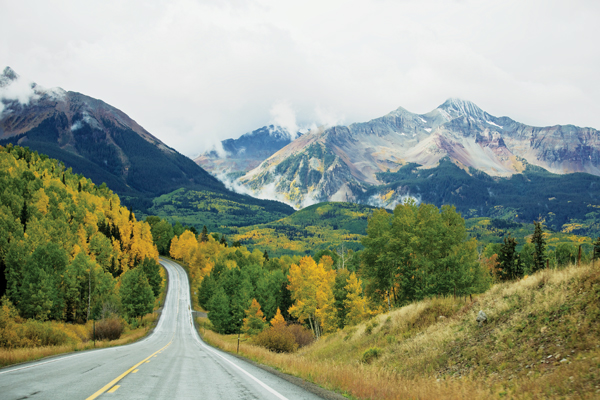
9. Nebraska
Nebraska's best category was education, where it ranked sixth. The state has a high school graduation rate of 89.3 percent, compared to the national average of 84.1 percent.
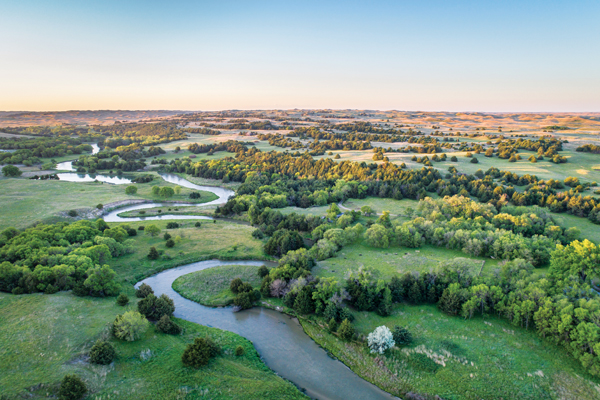
8. Massachusetts
The state, home to some of the world's most prominent universities, ranked first for education and second for health care. The state adopted its own universal health-care plan in 2006. As a result, only 3.9 percent of resident lack health insurance, compared with the national average of 13.8 percent.
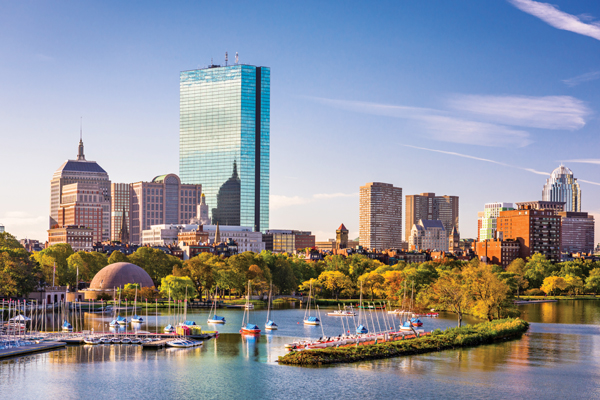
7. Virginia
The state ranked seventh in education and eighth in fiscal stability, which is based on states' government credit ratings, liquidity, pension fund liability and budget balancing. The state also has a low violent crime rate: 208 incidents per 100,000 residents compared with the national average of 394.
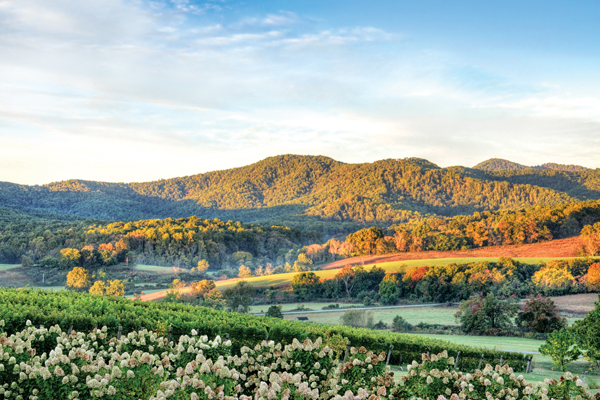
6. Maryland
Maryland was fifth in the opportunity category, which measures poverty, housing affordability and equality for women, minorities and people with disabilities. The state's average household income is $80,776, compared with a national average of $60,336.
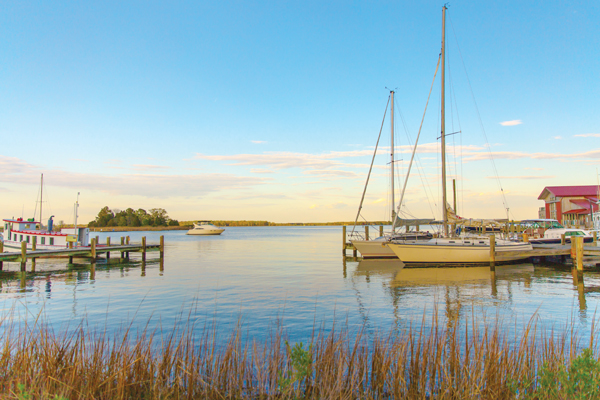
5. Vermont
The state had the nation's second-best score in the crime and correction category, which ranks states based on public safety and the quality and fairness of their prison systems, including racial bias. The state's incarceration rate is 197 per 100,000 residents, compared with a national average of 450.
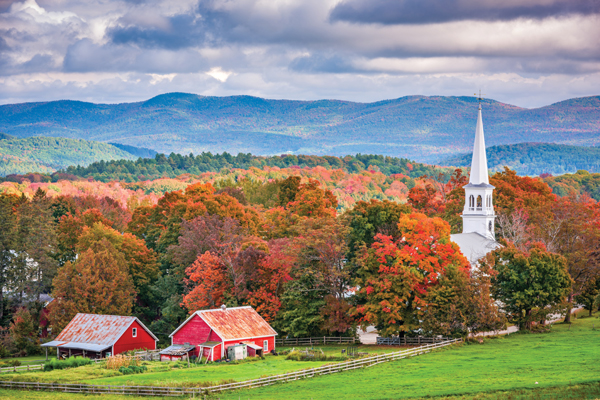
4. Utah
The state ranked second for its economy and third for infrastructure, which is based on the quality of public facilities such as bridges, public transportation, power grids and broadband. Just 14.4 percent of the state's roads are deemed in poor condition, compared with a national average of 23.5 percent.
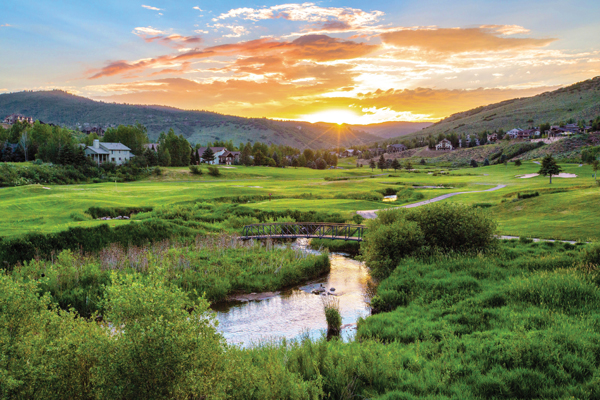
3. Minnesota
The state ranked third for opportunity and third for natural environment. It ranked sixth for its air and water quality, with about 289 pounds of industrial toxins per square mile compared with a national average of 1,015 pounds.
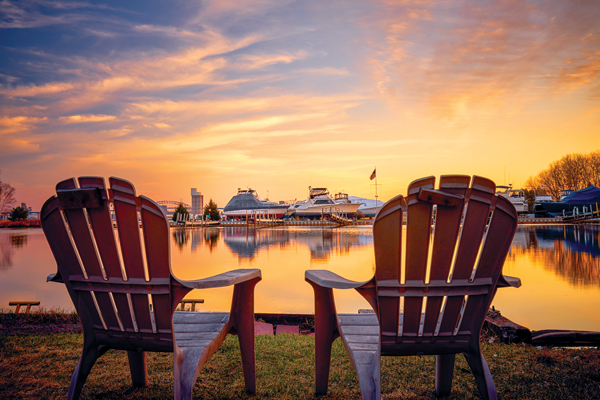
2. New Hampshire
New Hampshire ranked first in opportunity and first in crime and correction. The state's violent crime rate is 199 incidents per 100,000 residents, compared with the national average of 394.
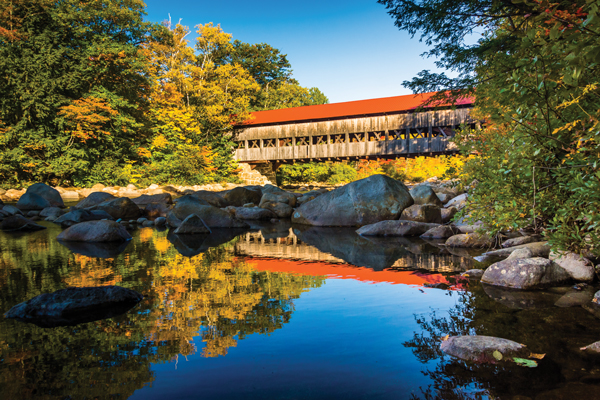
1. Washington
The state ranked second in infrastructure, third in economy and fourth in each of the high-ranked categories of health and education. Renewable energy makes up 45.3 percent of all energy consumption in the state, compared to a national average of 10 percent.
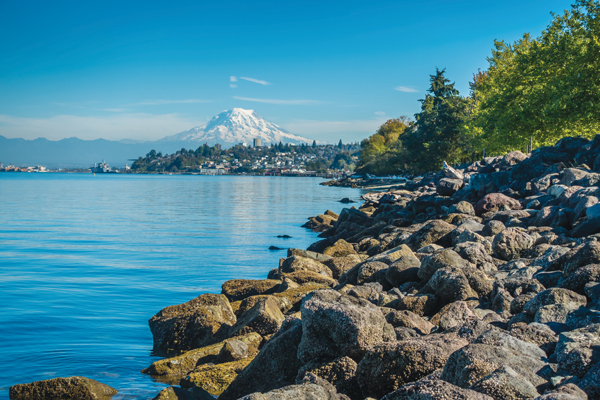
The full report can be viewed here.